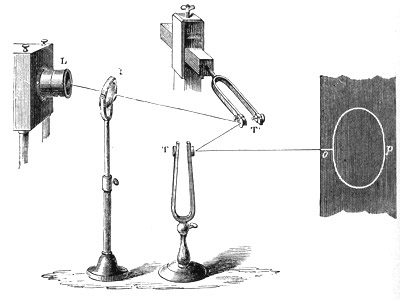
The precedence effect is a particularly important psychoacoustic effect for audio systems. Based on arrival time, a given sound is broken up into three distinct bands:
t < 5mS
This is the first arrival interval. It is essential for localization.
5 mS < t < 30mS
This is the integration interval. Any additional sound that has the same “nature” as the original will be integrated and will not affect localization information.
30mS < t
This is the interval beyond the domain of the precedence effect. Any additional sound that has the same “nature” as the original will be perceived as a quick echo.
What does this mean for audio system design? For pro audio applications, it allows for sound reinforcement – for example public address. The source itself may be much lower level than the reinforcement, but as long as the source precedes the reinforcement by about 5mS to 30mS, the source will still be perceived as the origination of the sound. For audiophile applications, it means that a loudspeaker should have minimal stored energy if there is to be any hope of presenting a stereo image. Also, diffraction should be minimized, as this produces multiples sources with an arrival time that falls within the 5mS window – thereby confusing localization.